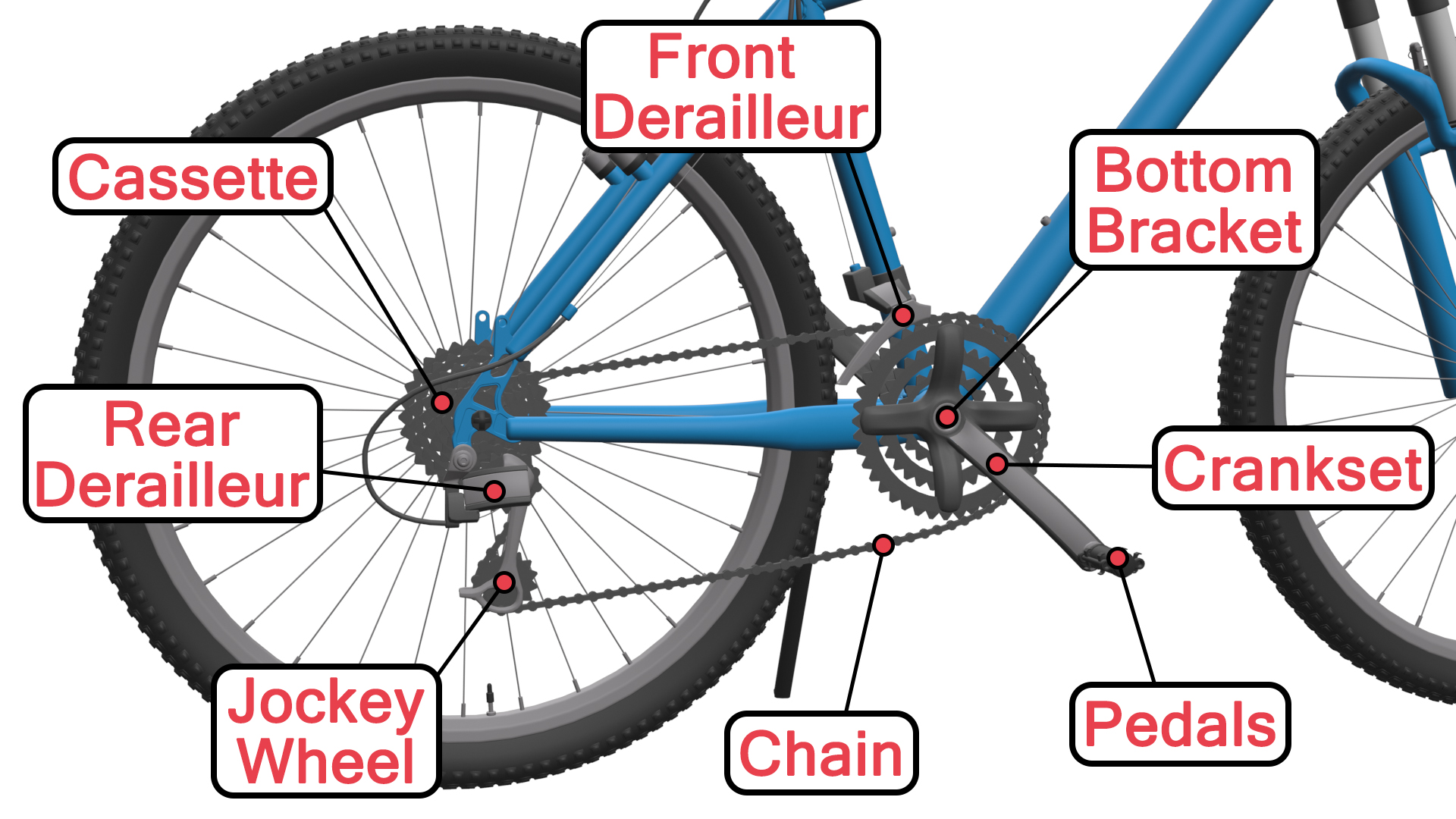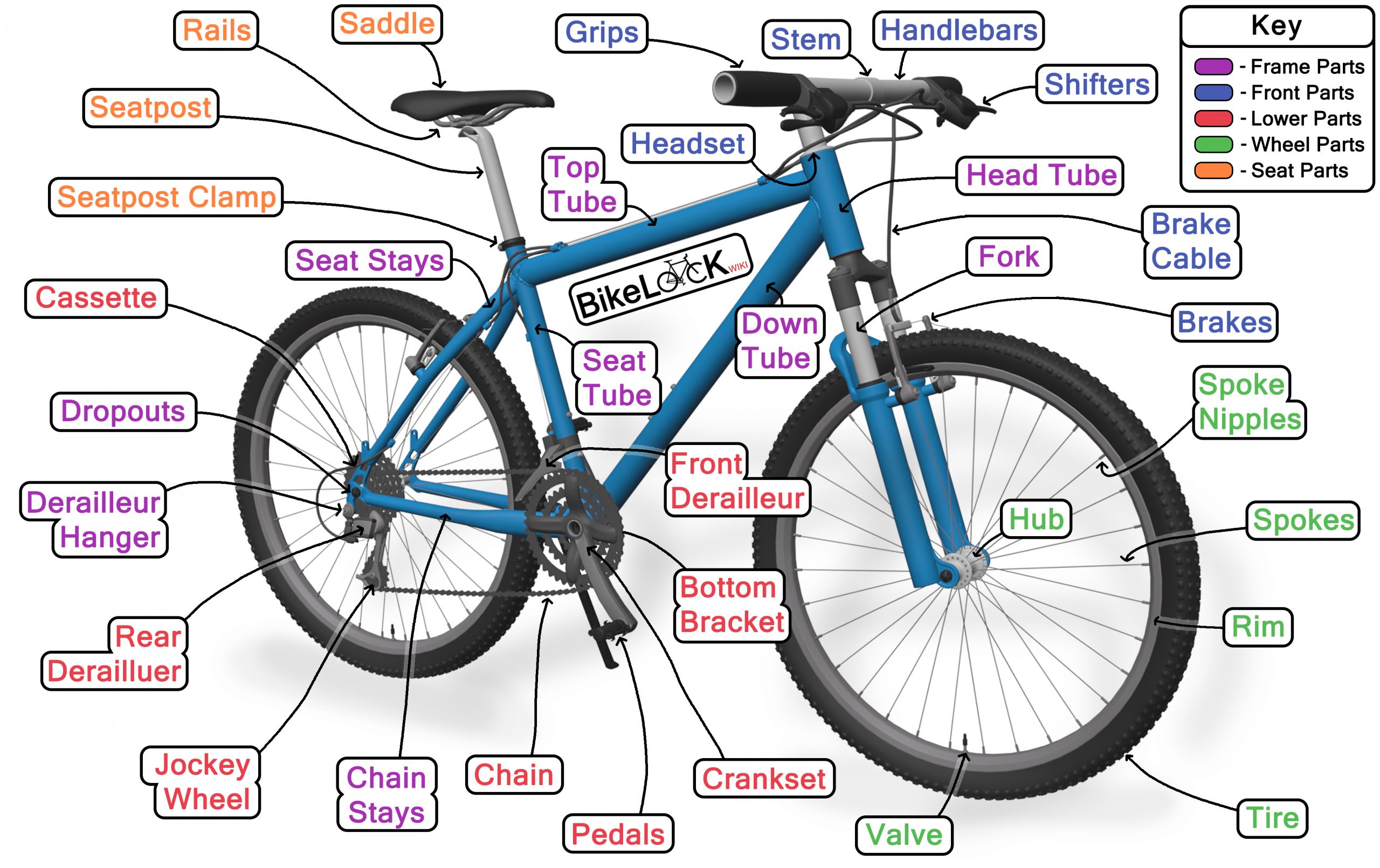Understanding the Components of a Bike Wheel
A bike wheel is a complex system comprising various parts that work together to provide a smooth and efficient ride. Knowing the different parts of a bike wheel is essential for any cyclist, whether you’re a seasoned pro or just starting out. The parts of a bike wheel are designed to work in harmony, and understanding their functions can help you appreciate the engineering that goes into creating a high-performance bike. From the hub to the rim, spokes, tires, and tubes, each component plays a critical role in the overall performance of the bike. In fact, a thorough understanding of the parts of a bike wheel can help you identify and fix common issues, improve your bike’s performance, and enhance your overall riding experience.
The Hub: The Central Component of a Bike Wheel
The hub is the central component of a bike wheel, playing a crucial role in the overall performance of the bike. It is the part of the wheel that connects to the axle, allowing the wheel to rotate smoothly. The hub is responsible for bearing the weight of the bike and rider, as well as withstanding the forces generated by pedaling and braking. A high-quality hub can significantly improve the performance of the bike, providing a smoother ride and more efficient pedaling. When selecting a hub, it’s essential to consider factors such as the type of axle, the material used, and the level of maintenance required. By understanding the role of the hub and how it interacts with other parts of a bike wheel, cyclists can make informed decisions when it comes to upgrading or replacing their wheels.
How to Choose the Right Rim for Your Bike
When it comes to selecting the right rim for your bike, there are several factors to consider. The rim is a critical component of a bike wheel, providing the foundation for the tire and playing a significant role in the overall performance of the bike. Different types of rims are available, each with its own unique characteristics, advantages, and disadvantages. For example, aluminum rims are lightweight and corrosion-resistant, while carbon fiber rims offer exceptional stiffness and aerodynamics. The width and size of the rim also play a crucial role, with wider rims providing a more comfortable ride and better traction. Additionally, the material used to construct the rim can affect its durability and maintenance requirements. By understanding the different types of rims available and their characteristics, cyclists can make informed decisions when it comes to upgrading or replacing their wheels. This knowledge can also help cyclists to better appreciate the importance of the rim as one of the key parts of a bike wheel.
The Spokes: The Unsung Heroes of a Bike Wheel
The spokes are a critical component of a bike wheel, providing structural integrity and support to the wheel. They are the thin, rod-like structures that connect the hub to the rim, playing a vital role in maintaining the wheel’s shape and stability. The spokes work together to distribute the weight of the bike and rider, as well as absorb shock and vibrations from the road. A well-maintained set of spokes is essential for a smooth ride and to prevent wheel damage. To properly maintain and repair spokes, it’s essential to regularly check for signs of wear and damage, such as broken or loose spokes. Additionally, cyclists should understand how to properly tighten and adjust the spokes to ensure optimal performance. By understanding the importance of spokes as one of the key parts of a bike wheel, cyclists can take steps to ensure their wheels are running smoothly and efficiently.
Tires and Tubes: The Outer Layers of a Bike Wheel
The tires and tubes are the outermost layers of a bike wheel, playing a crucial role in the overall performance and safety of the bike. The tires provide the contact point between the wheel and the road, while the tubes act as the air-filled inner layer that gives the tire its shape and structure. There are various types of tires and tubes available, each designed for specific riding conditions and bike types. For example, road bike tires are designed for speed and efficiency, while mountain bike tires are designed for traction and durability. Tubes also come in different materials, such as latex and butyl, each with its own advantages and disadvantages. When choosing the right tires and tubes for a bike, cyclists should consider factors such as tire width, tread pattern, and tube material. Additionally, regular maintenance and inspection of the tires and tubes are essential to prevent punctures and ensure a smooth ride. By understanding the importance of tires and tubes as key parts of a bike wheel, cyclists can make informed decisions when it comes to selecting and maintaining these critical components.
The Nuts and Bolts of a Bike Wheel: Understanding the Quick Release and Nuts
The quick release and nuts are essential parts of a bike wheel, responsible for securing the wheel to the bike’s frame and fork. The quick release is a mechanism that allows the wheel to be easily removed and installed, while the nuts provide additional security and stability. Understanding how to properly install and maintain these components is crucial to ensure a safe and smooth ride. When installing a quick release, it’s essential to tighten it to the recommended torque specification to prevent the wheel from coming loose while riding. Additionally, the nuts should be regularly checked and tightened to prevent them from working loose over time. By understanding the role of the quick release and nuts as key parts of a bike wheel, cyclists can ensure their wheels are securely attached and properly maintained. This knowledge can also help prevent common issues such as wheel wobble and brake rub, which can be caused by improperly installed or maintained quick releases and nuts. By taking the time to learn about these critical components, cyclists can enjoy a safer and more enjoyable ride.
Putting it All Together: Assembling a Bike Wheel
Assembling a bike wheel requires attention to detail and a thorough understanding of the various parts of a bike wheel. By following a step-by-step guide, cyclists can ensure that their wheels are properly assembled and ready for a smooth ride. The process begins with the installation of the hub, which serves as the central component of the wheel. The rim is then attached to the hub using the spokes, which provide structural integrity and support to the wheel. Next, the tires and tubes are installed, providing the necessary cushioning and traction for the ride. Finally, the quick release and nuts are secured, ensuring that the wheel is properly attached to the bike’s frame and fork. Throughout the assembly process, it’s essential to follow the manufacturer’s instructions and take necessary precautions to avoid damaging the components. By understanding how to properly assemble a bike wheel, cyclists can ensure that their wheels are safe, reliable, and optimized for performance. This knowledge can also help cyclists to identify and troubleshoot common issues with their wheels, such as wheel wobble or brake rub, which can be caused by improper assembly. By taking the time to learn about the assembly process, cyclists can enjoy a safer and more enjoyable ride, and gain a deeper appreciation for the intricate workings of the various parts of a bike wheel.
Troubleshooting Common Bike Wheel Problems
Despite proper maintenance and assembly, bike wheels can still encounter issues that affect their performance and safety. By understanding how to diagnose and fix common problems with the parts of a bike wheel, cyclists can ensure their wheels are running smoothly and efficiently. One common issue is wheel wobble, which can be caused by improperly tightened nuts or loose spokes. To fix this, cyclists should check the nuts and spokes, and tighten or replace them as necessary. Another issue is brake rub, which can be caused by misaligned brake pads or warped rims. To fix this, cyclists should adjust the brake pads or replace the rim if necessary. Additionally, cyclists may encounter issues with the hub, such as worn-out bearings or loose axle nuts. To fix this, cyclists should clean and lubricate the bearings, and tighten the axle nuts. By understanding how to troubleshoot and fix these common issues, cyclists can extend the life of their bike wheels and ensure a safe and enjoyable ride. Furthermore, having knowledge of the various parts of a bike wheel and how they work together can help cyclists identify and fix problems more efficiently, saving time and money in the long run. By taking the time to learn about common bike wheel problems and how to fix them, cyclists can gain a deeper appreciation for the intricate workings of their bike wheels and enjoy a more reliable and efficient ride.






